A
cold wind sweeps down
from
Mount Royal
to
the city below;
this
bitter winter
ending
with a death.
When
a poet dies
a
light goes out,
a
bit of brilliance
is
extinguished,
although
poets know
no
death is greater than another,
the
homeless man surrounded
by
plastic garbage bags,
or
the former prime minister,
his
body carried by a train
slowing
at each station.
At
the funeral, I listen to Louis' poems
being
read, each reader celebrating Louis' life
with
anecdotes and poems, a life
dedicated
to poetry and teaching.
Louis
has moved from temporal
to
eternal, from flesh to word;
no
more poems will be written by him,
no
more meetings in restaurants
to
discuss books and art and ideas.
A
final grief, a final salute:
the
old poet is dead,
the
books are written,
the
poems recited,
discussions
into the evening
come
to an end
and
we prepare to go home.
We
linger at the door
and
say "Louis' life
was
lived for love of others,
his
poems were written out of love."
Outside
the March day has turned to night,
we
return to our usual lives
feeling
diminished by his death
and
the world seems
a lesser place.
2) that
was then, this is now
The older
poets
had a
sense of their mission,
it was a
lineage of poets,
not a competition
but a place in making
a national literature, the importance
of this in nation building;
now, the nation
is built, but we’ve
lost the propriety of things;
no one was concerned
with “award winning poets”
that was never why we wrote,
it was the obsession with writing poems,
the excitement of discovering a new poet,
and with being a community of poets;
the older poets welcomed the young;
that was when
in the whole country
we had ten or fifteen poets,
not fifteen poets times three hundred,
not everyone writing their poems
and few reading what was written;
to be a poet was to be the exception,
not a commonplace, it was earned by
writing,
not one or two poems, but a lifetime
of work, of building a body of work,
because the words came to you, not just
the mundane, but a vision in the work
an obsession for writing and love
for poetry; eccentricity (which is never
politically correct) was not despised,
it was expected; the tyranny of conformity
had no place among poets,
it was the writing that mattered;
the courtesy of older poets to the young,
as that day, at McGill’s Arts Building,
I was a graduate student that year
in Dudek’s seminar, discussing Pound,
Yeats, Joyce and Ford Madox Ford,
that year in Louis’s office, when being
with an older poet was a privilege—
 |
The Morrice family monument at
Mount Royal Cemetery, including
a plaque for James Wilson Morrice
|
3) James Wilson Morrice
James Wilson Morrice
had to go to Paris
to be an artist
(as years later
John Glassco
followed)
leaving the family mansion
(now torn down) on Redpath Street,
a block from
The Montreal Museum of Fine Arts,
where his paintings
are on permanent display—
William Van Horn, president of the CPR,
who collected art as a hobby, told Morrice’s
father
to let him study art abroad after seeing
some of the son’s paintings;
at Mount Royal Cemetery
on one side of the Morrice family’s
monument,
James Wilson Morrice’s name and dates
(1865-1924)
and place of burial, in Tunis; this is the
man Louis Dudek said
“painted grey snow”: “he is a Canadian on
his travels.
His destination is one he never reaches,
though others may reach it after him — it
is Canada.”
That destination is paradise, to live with
summer
year round, not in Montreal, the
“Metropolis”, that Morrice rarely
visited after he left, where winter is six
months of the year,
the other six divided between summer, fall
and spring—
Meanwhile, the Beaver Hall artists, their
studio space and gallery
located a block east of St. Patrick’s
Church,
held two exhibitions, in 1921 and 1922.
And what about that forgotten Beaver Hall artist,
Darrell Morrisey? She was
erased as an artist,
her work discarded by her
family after her death, at age 33,
in 1930, it soon became as though she never
existed;
and Morrice, the warm ocean breeze and
sleeping
on a rooftop in Tunis under the stars—the
choreography
of his life, and our life-long work as
poets,
the vision of art, the act of creation,
the company of
poets—
4) in the company of artists and poets
In the company of artists and
poets:
John Cage chatting with Arnold
Shöenberg
while Glenn Gould eats supper
with Bach; there’s Jackson
Pollock listening
as Artie Gold reads his poem
about Bucks County,
and later someone plays Charles Ives’
2nd Piano Concerto;
Jack Shadbolt meets Emily Carr
meeting Nellie McClung
(the granddaughter poet of the
better known Nellie),
and HD talks with Virginia Woolf who
celebrates
her birthday with James Joyce; Yeats
and Jeffers
are in their towers; Jack Kerouac
and John Lennon
discuss religion and listen to
“Imagine” (which Kerouac hates);
Van Gogh argues with Gauguin; Strindberg
and Arthur Miller,
watch Marilyn Monroe holding down her
skirt around her knees;
Charlie Chaplin’s silhouette
walking into the sunset;
we’re in the eternal, art and
music, we’re in Paradise,
where artists and poets create our age,
hard cover books on shelves, abstract paintings on
walls,
and just last week lying awake in
bed at 5 a.m.,
some kid at a university radio station (in Edmonton)
playing jazz, Charles Mingus, Dizzy Gillespie,
and
John Coltrane, with no idea where this music
came from,
only knowing that he likes what
he’s listening to,
this art, that it speaks to him—
5) all art is vision (or it's just a repetition of the past)
All
art is vision—
in the great
museums and concert halls,
what returns us
to Spirit is art,
poems sustaining
us
over a lifetime,
paintings by the
Great Masters
drawings on
Lascaux’s
cave walls,
hieroglyphics
and Inuit art,
sculpture and
pottery,
movies and
dance—
all the great
art of civilization
returns us to
God—
all art is
vision
all poetry requires
vision
to express the
poet’s psyche,
if the soul
is filled with
lies
how can the
poetry
not also lie? if
the poet
censors the
poem,
what is created
but a censored
poem?
We try to live
true to our
vision, our journey
of truth, our
journey
in Paradise—
--------------------------
Note: "Homage to Louis Dudek", a section of this poem, was first published in Eternal Conversation, a tribute to Louis Dudek. 
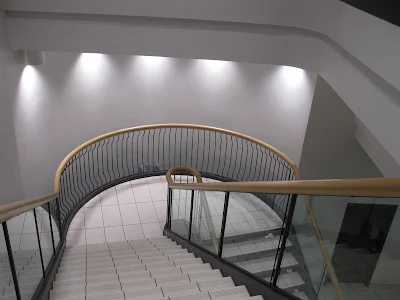

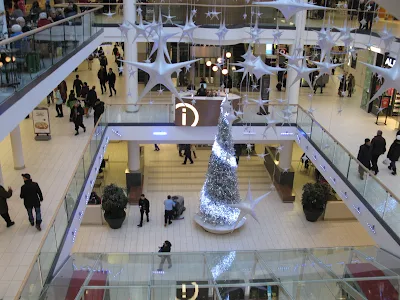

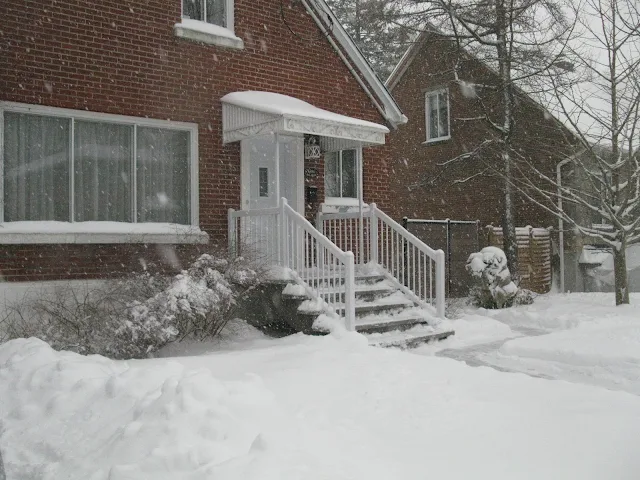




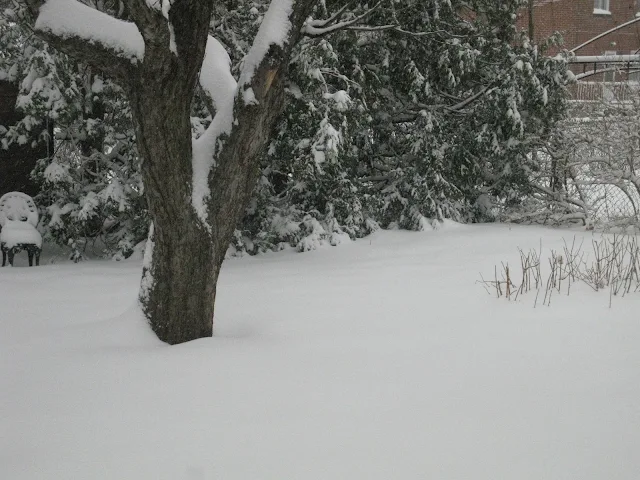






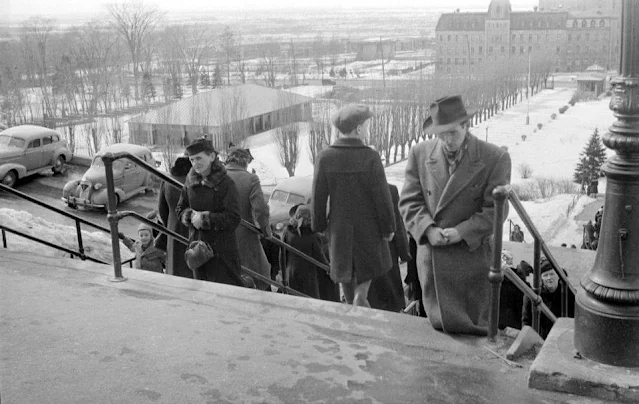


















.JPG)
.JPG)
.JPG)














